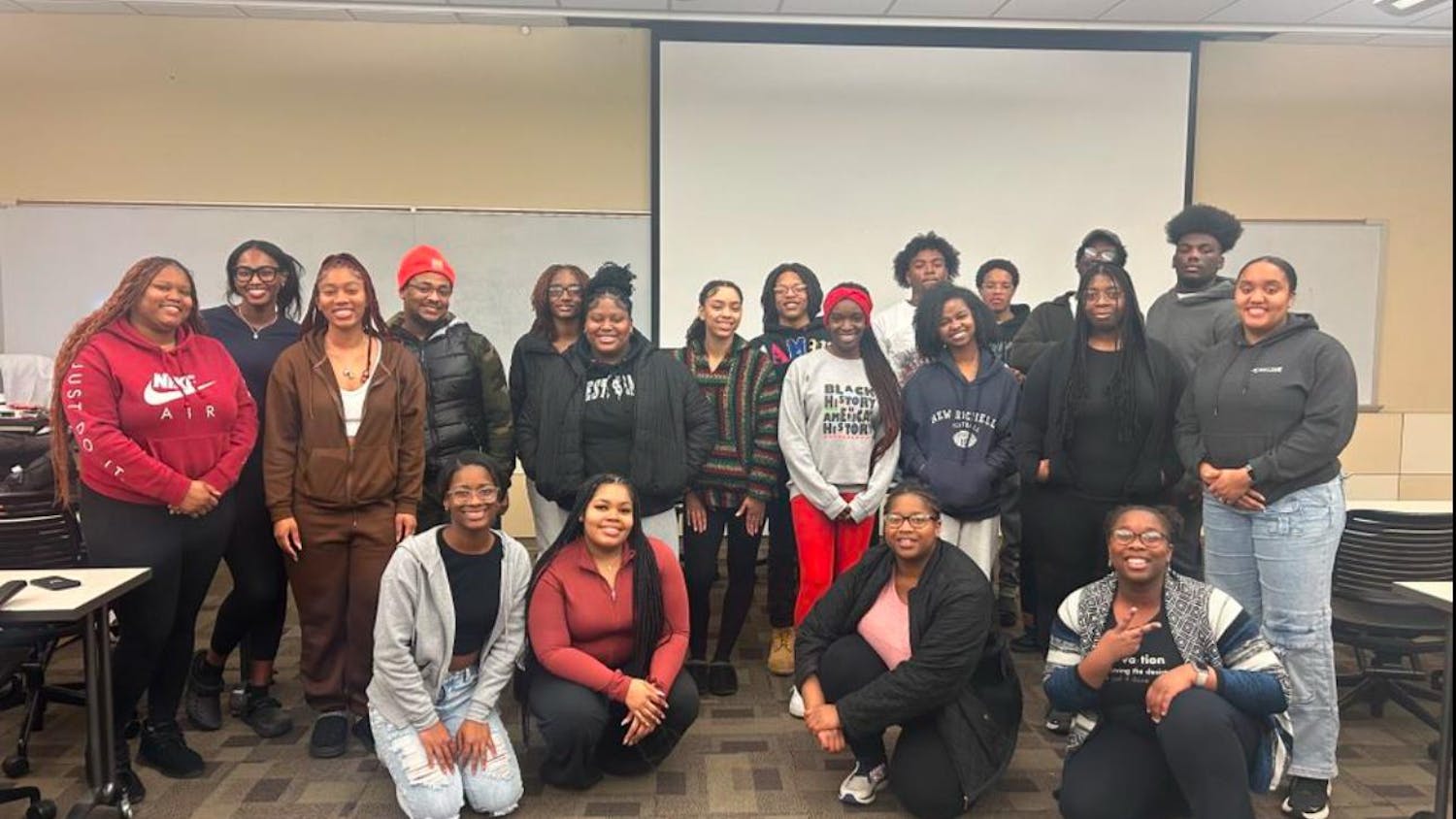In President Trump’s first State of the Union address he announced a four-step plan to reform the immigration system.
The first ‘pillar’ of Trump’s strategy is to provide a pathway to citizenship for 1.8 million immigrants who were brought to the United States as children and are eligible under the Deferred Action for Childhood Arrivals (DACA) program.
The promise comes with conditions. For one, Trump remains set on building a border wall between the U.S. and Mexico. He also announced that he will be putting an end to the visa lottery, expressing his preference for a “merit-based immigration system,” and will be changing the family unity principle by limiting family sponsorship to spouses and minor children.
In the past Trump has expressed an expectation for Mexico to pay for the border wall. If that were the case, Mexico’s economy would be negatively impacted. This has the potential to inspire a new wave of immigrants due to a lack of economic prosperity in Mexico, according to Wright State student Stephanie Patino-Garfias.
Also, the rules and regulations that are in place make it very hard for “chain migration,” as Trump put it, to happen. Family-based immigration already does not allow immigrants to sponsor extended family, and the waiting process can last for up to 25 years and is expensive; even then, there is no guarantee of acceptance, according to Patino-Garfias.
Trump initially announced his intention to phase out the DACA back in September of 2017 and to not accept any new applications. He gave Congress a six-month window to come to reach a compromise on the program.
Of the nearly 800,000 individuals protected under the DACA program, about 9,000 of them are school teachers, according to a report from The New York Times.
About 21 percent of DACA recipients are employed in the education and health services industry, according to a report from Nurse.org. The nursing field in particular already has a shortage of workers, according to Carlos Costa, professor of political science at Wright State. Ending the DACA program entirely has the potential to impair the U.S. medical system.
Trump’s stance on DACA has often shifted; in a meeting with both Republican and Democratic lawmakers in January, he expressed willingness to work toward a bipartisan agreement on the issue.
The inability of the two parties of Congress to reach an agreement on DACA led to a three-day shutdown of the federal government starting on Jan. 20. Democrats voted to end the shutdown after Republicans promised to hold a vote on immigration legislation.
Republicans have stood their ground on the issue, despite the fact that about 80 percent of Americans support DACA, according to Patino-Garfias. There needs to be “more understanding [and] more listening from both sides,” she said. “What needs to happen now is […] Citizens and non-citizens who are brave enough to do so need to be more vocal and be more involved and continue to speak about DACA.”
Patino-Garfias is currently collecting signatures on Wright State’s campus for a letter she is writing to Congress regarding immigration.












